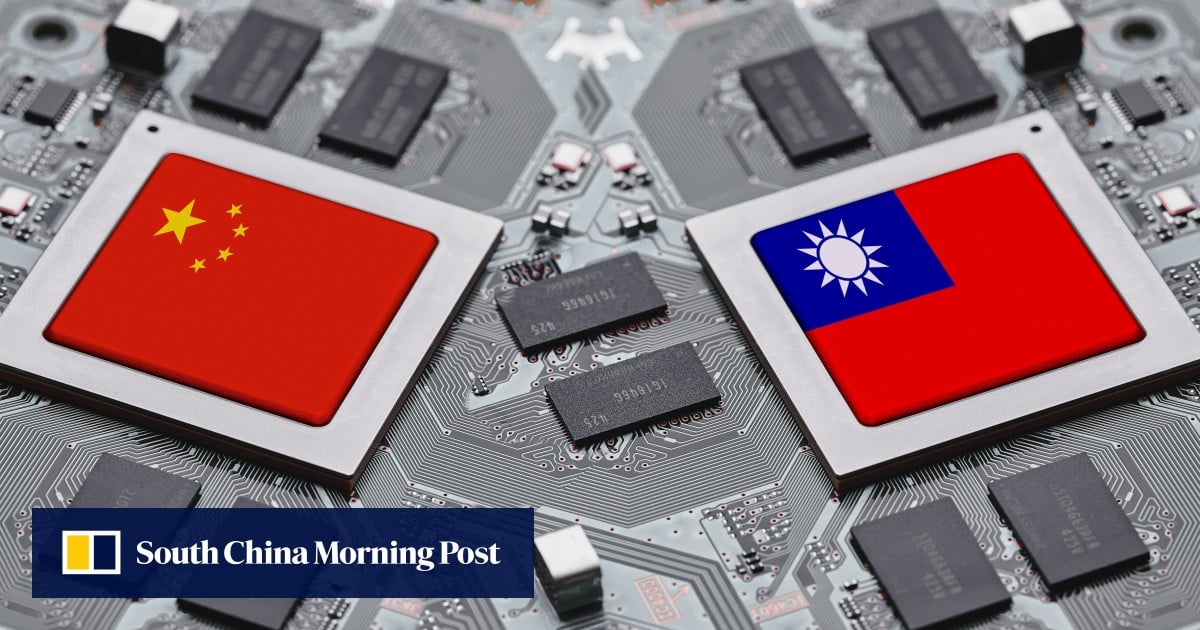Archive link doesn’t work
seems fine for me, here’s the content:
Mainland China is on track to surpass Taiwan in semiconductor foundry capacity by 2030, according to a report from Yole Group, underscoring Beijing’s progress in its push for chip self-sufficiency amid ongoing US tech restrictions. The mainland’s share of global foundry capacity is projected to reach 30 per cent by the end of the decade, up from 21 per cent in 2024, the French market research firm said. Taiwan is currently the market leader with a 23 per cent share last year, while mainland China is already ahead of South Korea at 19 per cent, Japan at 13 per cent and the US at 10 per cent. “Mainland China is rapidly becoming a central player,” Yole Group said, attributing the shift to Beijing’s intensified efforts to build a self-sufficient domestic semiconductor ecosystem since Washington launched a tech war that aimed to curb China’s progress in critical areas such as chips and artificial intelligence (AI). Beijing has doubled down on its “whole nation” approach to its self-sufficiency drive. The state-backed China Integrated Circuit Industry Investment Fund, known as the “Big Fund”, has successfully fostered the development of key companies such as Semiconductor Manufacturing International Corporation (SMIC) and Hua Hong Semiconductor, two of the country’s leading wafer foundries. Domestic fabs are set to play a bigger role over the next few years, according to the report, which said local chipmakers accounted for 15 per cent of foundry capacity in 2024. That share will be “significantly more” by 2030, the report said. Chinese chipmakers have been investing heavily in expanding their facilities to meet surging demand from sectors such as automotive and generative AI. China was expected to start three new fab construction projects this year, one-sixth of the world’s total, according to a report published in January by US-based industry association SEMI. China’s self-sufficiency strategy, along with expected demand from automotive and internet-of-things applications, would help boost capacity by 6 per cent for chips made with process nodes between 8 and 45 nanometres, SEMI added. Despite the projected gains, the mainland still trails Taiwan and South Korea in advanced process nodes, which are crucial for producing high-performance chips with greater transistor density. SMIC, China’s top foundry, had difficulty advancing its process nodes from 7-nm to 5-nm, Canadian research firm TechInsights said in a report last month. Two years after its 7-nm chip first appeared in a Huawei Technologies smartphone, “SMIC’s 5nm process node remains elusive,” TechInsights said. The report came after it looked into the chip used in Huawei’s new laptop with a foldable display, which also used 7-nm chips from SMIC. Meanwhile, global leaders Taiwan Semiconductor Manufacturing Company (TSMC) and Samsung Electronics are locked in a race to achieve mass production at the 2-nm node level. TSMC was expected to reach that level this year, while Samsung has reportedly planned to reach the same stage in early 2026.



